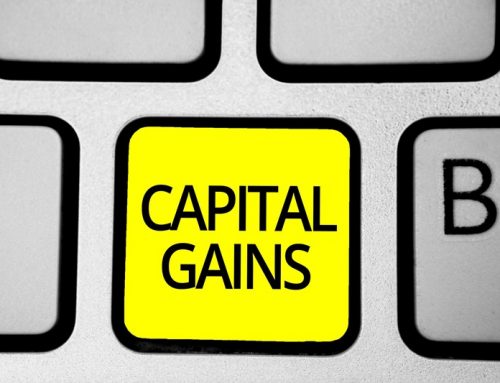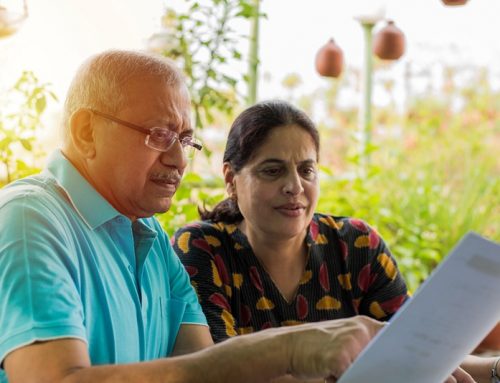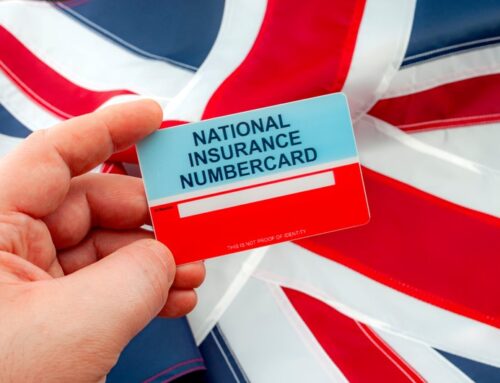The dividend tax allowance was first introduced in 2016 and replaced the old dividend tax credit with an annual £5,000 dividend allowance. Tax was payable on dividends received over this amount. The tax-free dividend allowance was reduced to £2,000 with effect from 6 April 2018 and remains fixed at that level ever since. The 1.25% increase in NIC contributions that came into effect on 6 April 2022 was mirrored by a similar increase in the tax charge on dividends.
This means that the tax rates for dividends received in 2022-23 (in excess of the dividend tax allowance) are taxed as follows:
- 8.75% for basic rate taxpayers will pay tax on dividends;
- 33.75% for higher rate taxpayers will pay tax on dividends; and
- 39.35% for additional rate taxpayers will pay tax on dividends.
Dividends that fall within your Personal Allowance do not count towards your dividend allowance. Depending on your other income sources and the amount of dividends received, you may pay tax at more than one rate on dividends received.
If you receive up to £10,000 in dividends, you can ask HMRC to change your tax code and the tax due will be taken from your wages or pension or you can enter the dividends on your Self-Assessment tax return if you already complete a return. You do not need to notify HMRC if the dividends you receive are within your dividend allowance for the tax year.
If you have received over £10,000 in dividends, you will need to complete a Self-Assessment tax return. If you do not usually send a tax return, you will need to register by 5 October following the tax year in which you received the relevant dividend income.





